
Liposuction , Liposculpture Techniques, post-operative care and recovery
Liposuction permanently eliminates localized fat deposits on the face and body. These fatty deposits often do not disappear even with exercise or diet. The results are dramatic and permanent, provided that a stable weight is maintained. Liposuction is not a weight loss technique for general obesity but an effective way to eliminate localized fat.
Liposuction details
Liposuction
Prices
About
Goals
Liposuction allows for the complete removal of fatty deposits. All areas of the face and body can be treated.
There are different types of liposuction depending on the volume of fat to be removed:
Tumescent liposuction: recommended for removing a large amount of fat
Laser lipolysis (SmartLipo and SlimLipo): targeted for localized fat deposits in delicate areas such as the inner thighs, arms, chin, neck, and jowls.
Procedure
After infiltrating a solution that liquefies fat, the surgeon makes small incisions of 1 to 3 millimeters. Using back and forth movements, they suction out the fat cells using a cannula. The incisions are sutured with absorbable sutures and covered with a dressing. The scars are invisible. The quality of skin retraction is a determining factor for success. The best results are achieved with thick, firm, and elastic skin that naturally tightens after the procedure.
In which case is liposuction indicated?
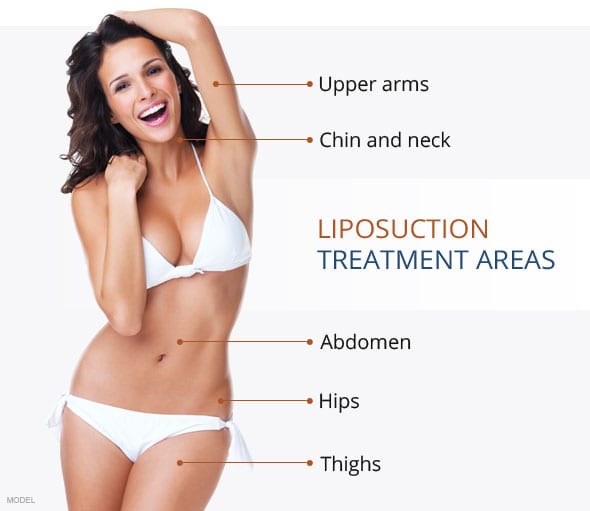
Localized fat deposits often persist despite diet or exercise. However, liposuction is not a method for weight loss, and its purpose is not to control the patient's weight. A properly performed liposuction procedure will not replace the need for a healthy lifestyle. Liposuction is not a treatment for obesity. The principle of liposuction (developed by Yves-Gérard ILLOUZ starting in 1977) involves introducing rounded, non-cutting, perforated cannulas through very small incisions. These cannulas are connected to a closed circuit where negative pressure is created. This allows for the harmonious and non-traumatic suctioning of excess fat cells.
Eliminating Lipomeries
Since these fat cells do not have the ability to multiply, there will be no recurrence of the excess adipocytes. In practice, liposuction can be applied to many areas of the body, including the "saddlebags," hips, abdomen, thighs, knees, calves, ankles, arms, and back. Technological advancements have also extended its use to the face and neck (double chin, facial contouring).
Recent progress, particularly in the field of superficial liposuction, using very fine cannulas, has minimized the impact on the overlying skin: in fact, the appearance of the skin can be improved through proper superficial liposuction, which promotes skin retraction.
Anesthesia for liposuction
There are three types of anesthesia that can be used:
Local anesthesia: a local anesthetic is injected to ensure numbness in the area requiring liposuction
IV sedation: anesthesia is deepened with tranquilizers administered intravenously
General anesthesia: you are completely asleep.

Duration of Liposuction Surgery
Your liposuction surgery will last approximately 30 minutes for a minor operation and between 1 to 3 hours for a more significant intervention. The procedure can be done on an outpatient basis or may require a 24-hour hospital stay.
Results of Liposuction
The initial results of your liposuction will be visible between 1 to 3 months, depending on the treated area. There is no significant change in appearance during the first 2 to 3 weeks due to postoperative tissue swelling (edema). Only after 3 weeks, once the swelling has subsided, will your results start to become apparent. It takes 3 to 6 months for the skin to fully retract and readjust to the new contours and silhouette. The results of your liposuction are permanent within 6 months if the patient maintains a healthy lifestyle.
What are the risks of liposuccion surgery
Liposuction is generally considered a safe procedure when performed by a qualified and experienced plastic surgeon in an appropriate medical setting. Like any surgical procedure, liposuction carries certain risks and potential complications, but they are relatively rare.
Common risks and side effects of liposuction can include bruising, swelling, temporary numbness, and discomfort. In some cases, there may be irregularities in the contour of the treated area, changes in skin sensation, or fluid accumulation. In rare instances, more serious complications such as infection, bleeding, skin necrosis, or blood clots may occur.
To minimize risks, it is crucial to choose a skilled and board-certified plastic surgeon who will evaluate your candidacy for the procedure, discuss the potential risks and benefits, and provide appropriate pre-operative and post-operative care. Following the surgeon's instructions and disclosing your medical history and any medications you are taking are also important for a safe procedure.
Overall, liposuction has been performed for many years with a high success rate and satisfied patients. However, it is essential to have a thorough consultation with a qualified plastic surgeon to assess your individual suitability for the procedure and to address any concerns or questions you may have.Recovery and Rehabilitation after Liposuction
It should be noted that the time required to recover and heal from liposuction is proportional to the amount of fat extracted. After the surgery, bruising and swelling occur in the treated areas. Pain levels vary, but generally, they are mild due to the use of very fine cannulas. Fatigue may be experienced in the first few days, especially with significant fat extraction. Normal activities can be resumed 2 to 10 days after the procedure, depending on the extent of liposuction and the type of work activity. Bruising typically resolves within 10 to 20 days after the procedure. Wearing elastic compression garments is recommended for 2 to 4 weeks. Physical exercise can be resumed 3 weeks after the surgery. Sun exposure should be avoided for at least 3 weeks in the treated areas. There is no significant change in appearance during the first 2 to 3 weeks due to postoperative tissue swelling (edema).
FAQ
The amount of fat that can be lost through liposuction varies depending on factors such as the individual's body composition, the areas treated, and the surgeon's technique. Liposuction is not a weight-loss procedure but rather a body contouring procedure. It is designed to remove stubborn pockets of fat that are resistant to diet and exercise. The goal of liposuction is to improve body proportions and sculpt a more balanced figure rather than achieving significant weight loss.It is possible to have liposuction performed on multiple areas of the body, including the abdomen, hips, thighs, buttocks, arms, back, and neck. However, performing a full body liposuction in a single session is generally not recommended due to safety considerations. Liposuction is a surgical procedure, and the amount of fat that can be safely removed in one session is limited. It is important to consult with a qualified plastic surgeon to determine the appropriate treatment plan based on your specific needs and goals.Liposuction is not intended as a weight-loss method, so the amount of weight you can lose with liposuction alone is generally modest. The primary goal of liposuction is to remove localized fat deposits and improve body contours. The actual amount of weight loss will vary depending on factors such as the amount of fat removed and the individual's body composition. It's important to maintain realistic expectations and understand that liposuction is not a substitute for adopting a healthy lifestyle with regular exercise and a balanced diet for significant weight loss.Liposuction is generally considered a safe procedure when performed by a qualified and experienced plastic surgeon in an appropriate medical setting. Like any surgical procedure, liposuction carries some potential risks and complications, but they are relatively rare.
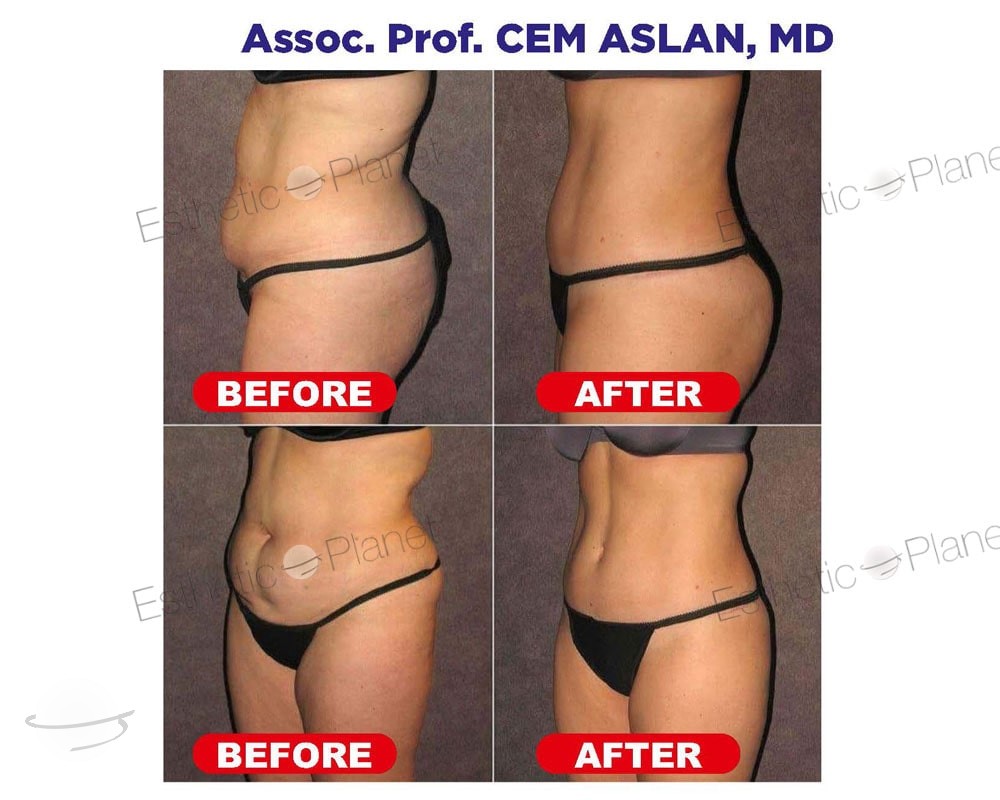
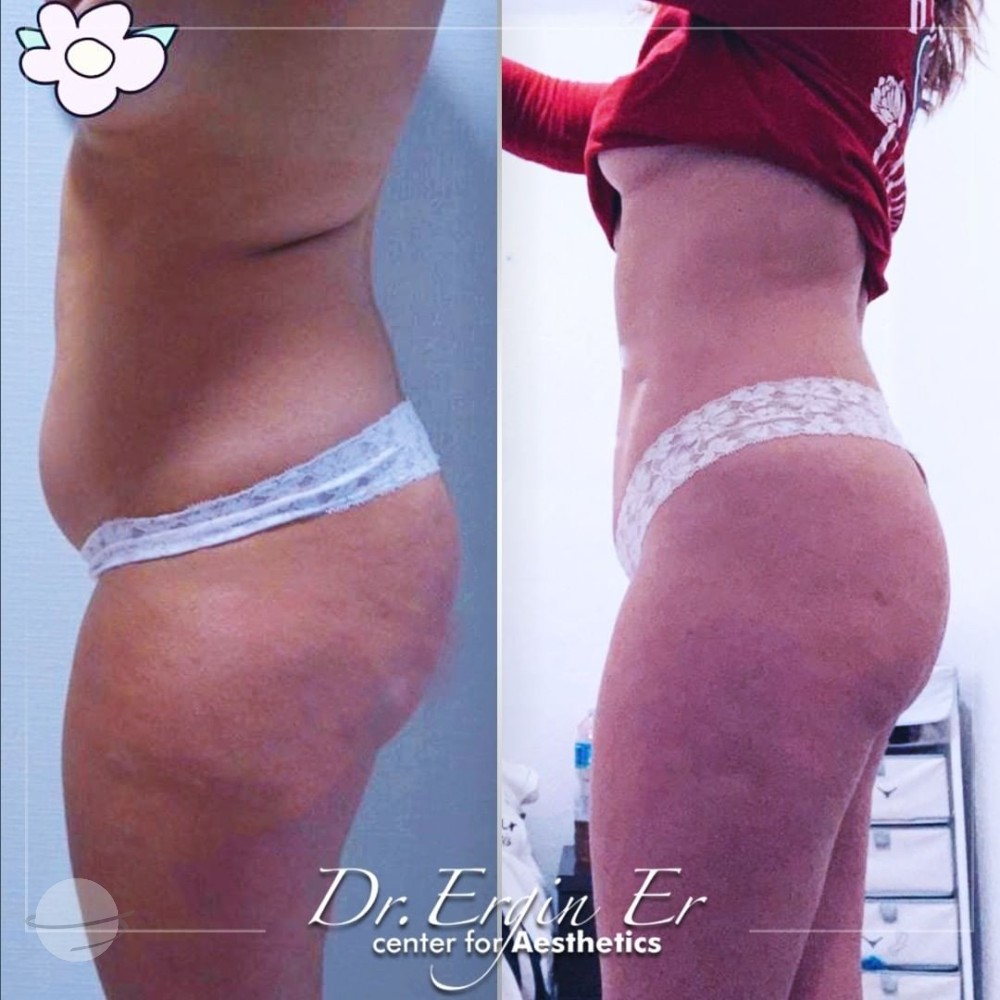
Hi-Def Lipo Six pack surgery
Prices
About

A perfect 6 pack is possible with High Def Lipo
Hi-Def Liposuction
Hi-Def Liposuction is a specialized and advanced liposuction technique aimed at sculpting and defining the contours of the body with greater precision. It goes beyond traditional liposuction by emphasizing the creation of well-defined muscle definition and body contours, especially in areas like the abdomen, flanks, chest, arms, and thighs.
This procedure is often performed by highly skilled and experienced plastic surgeons who use a combination of liposuction and fat transfer techniques to remove excess fat from certain areas while accentuating the underlying muscles and creating a sculpted, athletic appearance. It's often sought after by individuals who desire a more toned and defined physique.
Hi-Def Liposuction is known for its ability to enhance the appearance of muscle definition, resulting in a more chiseled and athletic look. However, it's essential to consult with a qualified plastic surgeon to determine if you're a suitable candidate for this procedure and to discuss your specific goals and expectations.
When do you apply High Def Lipo ?
Hi-Def Liposuction, also known as Hi-Def Liposculpture, can be applied in cases where individuals are looking to achieve a highly defined and sculpted appearance, particularly in specific muscle groups. This procedure is suitable for individuals who:
Desire Enhanced Muscle Definition
Hi-Def Liposuction is ideal for individuals who want to emphasize the natural contours of their muscles. It's commonly sought by those who have been unable to achieve their desired muscle definition through diet and exercise alone.
Have Stubborn Fat Deposits
It's often used to target localized fat deposits that are resistant to traditional weight loss methods. These areas may include the abdomen, flanks (love handles), male chest (gynecomastia treatment), thighs, and arms.
Seek a Sculpted and Athletic Appearance
Athletes and fitness enthusiasts often opt for Hi-Def Liposuction to enhance the appearance of their muscles, creating a more toned and athletic look.Want Precision and Customization
This technique allows for precise fat removal while preserving a thin layer of fat over specific muscle groups, creating a sculpted, chiseled appearance. It's highly customizable to the patient's aesthetic goals.
Are in Good Health: Candidates
for Hi-Def Liposuction should be in good overall health and have realistic expectations about the results.Understand the Procedure
Patients should have a thorough understanding of the Hi-Def Liposuction procedure, including its risks and benefits, and be committed to post-operative care and maintenance to maintain the results.Recovery after High Def Lipo
It should be noted that the time required to recover and recover from liposuction is proportional to the amount of fat extracted. In the postoperative period, bruises (bruises) and edema (swelling) appear in the areas treated. The pain is variable, but it is generally not very important, thanks to the use of very fine cannulas. Fatigue can be felt the first few days, especially in the event of significant fat extraction. Normal activity can be resumed 2 to 10 days after the operation, again depending on the extent of the liposuction and the type of professional activity. The bruises resolve within 10 to 20 days after the operation. Wearing an elastic compression garment is recommended for 2 to 4 weeks. A resumption of sporting activity can be expected 3 weeks after the intervention. The operated areas should not be exposed to the sun or UV for at least 3 weeks. There is no clear change in appearance during the first 2 to 3 weeks, as there is early postoperative swelling of the operated tissue (edema).
FAQ

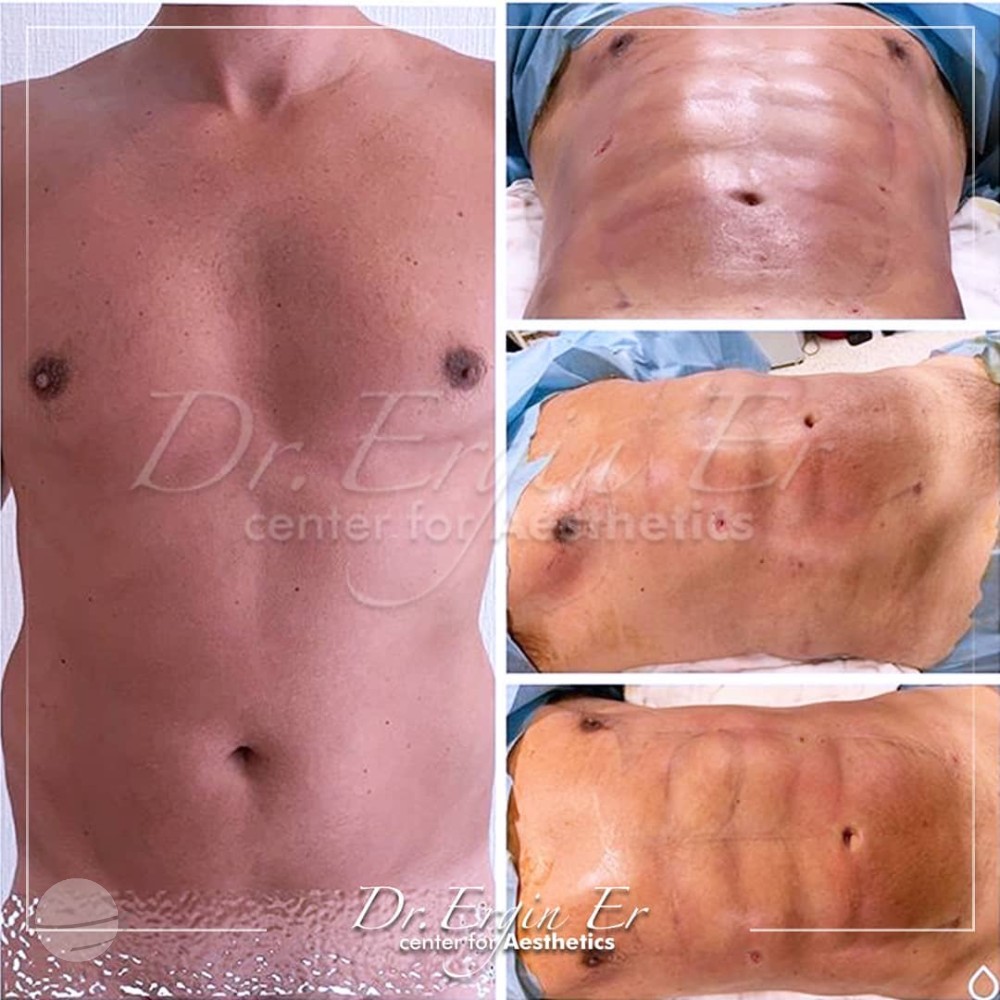
Liposuction Vaser
Prices
About
Certified by the FDA, this technology uses ultrasound to gently loosen fat, making liposuction easier and resulting in smoother body contours. In the case of Vaser liposuction, tumescent fluid, or saline solution mixed with anesthetics, is injected into the area to be treated. Vaser liposuction does not use manual movements or cannulas to break up fatty tissue, nor does it use laser or water pressure; instead, it employs high-frequency ultrasound vibration to break down fat cells.
The cosmetic surgeon uses Vaser ultrasound probes to gently break up fat cells. The vibration gently loosens and releases fat cells, and a cannula is used to remove the fluid and fat cells. Some local anesthetic remains in the tissues, reducing postoperative pain.
This process is considered gentler than more traditional liposuction techniques. Ultimately, it gives your cosmetic surgeon more control, resulting in the smooth silhouette you desire. Additionally, Vaser liposuction is specifically designed to loosen fat while protecting and preserving other tissues.
Anesthesia
Prior to surgery, the type of anesthesia to be used will be discussed with the surgeon. Vaser liposuction can be performed under local anesthesia with sedation or general anesthesia, depending on the patient's preferences and the extent of the procedure. The choice of anesthesia will be determined during preoperative consultations with the surgeon.
Recovery
Following Vaser liposuction, it is normal to experience some discomfort, swelling, and bruising in the treated areas. The surgeon may prescribe medications to manage pain and recommend wearing compression garments to help reduce swelling and promote healing. It is important to follow the postoperative instructions provided by the surgeon and plan for a recovery period during which it is recommended to limit physical activities and get sufficient rest.
Procedure Duration
The duration of Vaser liposuction varies depending on the areas to be treated and the amount of fat to be removed. Generally, the procedure can last from one to several hours. The surgeon will provide specific information about the estimated duration of your procedure during preoperative consultations.
Results
The results of Vaser liposuction become gradually visible as swelling decreases and tissues heal. The treated areas will show a more harmonious silhouette and a significant reduction in fat deposits.
Anesthesia
Prior to surgery, the type of anesthesia to be used will be discussed with the surgeon. Vaser liposuction can be performed under local anesthesia with sedation or general anesthesia, depending on the patient's preferences and the extent of the procedure. The choice of anesthesia will be determined during preoperative consultations with the surgeon.
Procedure Duration
The duration of Vaser liposuction varies depending on the areas to be treated and the amount of fat to be removed. Typically, the procedure can last from one to several hours. Your surgeon will provide specific information about the estimated duration of your procedure during preoperative consultations.
Results
The results of Vaser liposuction become gradually visible as swelling decreases and tissues recover. The treated areas will exhibit a more harmonious silhouette and a significant reduction in fat deposits.
Results
The results of Vaser liposuction become gradually visible as swelling decreases and tissues heal. Treated areas will exhibit a more harmonious silhouette and a significant reduction in fat deposits. Results vary from person to person, but overall, patients experience a noticeable improvement in their physical appearance and an increase in self-confidence.
Long-term Maintenance
To maintain the long-term results of Vaser liposuction, it is important to follow the surgeon's recommendations for postoperative care and adopt a healthy lifestyle. This includes regularly engaging in physical activity, maintaining a balanced diet, and managing weight. It is also essential to regularly consult with your surgeon to assess results, discuss any issues that may arise, and receive specific advice for maintaining the shape and silhouette achieved through Vaser liposucti
Recovery
After Vaser liposuction, it is normal to experience some discomfort, swelling, and bruising in the treated areas. The surgeon may prescribe medication to manage pain and recommend wearing compression garments to help reduce swelling and promote healing. It is important to follow the postoperative instructions provided by the surgeon and plan for a recovery period during which it is advisable to limit physical activities and get sufficient rest.
FAQ
-before_after.jpg)
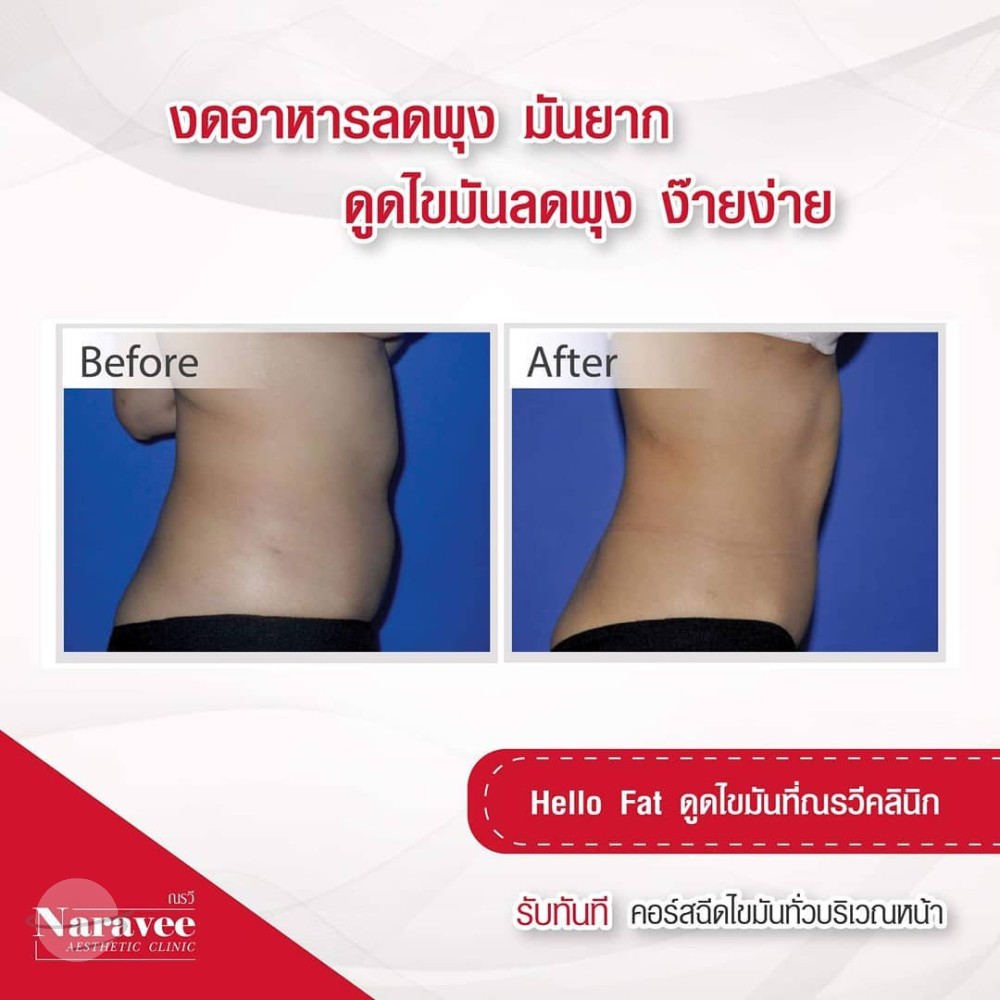
Lipo 360
Prices
About
Definition
360 lipo, also known as circumferential liposuction, is a liposuction technique that targets multiple areas of the body, including the abdomen, flanks, back, and buttocks area. It can effectively treat stubborn fatty rolls and improve the general shape of the body.
It is called "Lipo 360" because liposuction will intervene at 360 degrees all around the patient's waist or of the patient.
Different types of liposuction for 360 lipo
There are different liposuction techniques that can be used during a 360 lipo, including traditional liposuction, ultrasound-assisted liposuction, and laser-assisted liposuction. Each technique has its own advantages and can be adapted according to the specific needs of the patient.
Ideal candidates for a 360 lipo
The ideal candidates for a 360 lipo are healthy people who have localized and resistant fat deposits despite a balanced diet and regular physical activity. It is important to have realistic expectations about the results of the procedure and to understand the potential risks associated with surgery. People who are significantly overweight (BMI greater than 27/28) or obese are not good candidates for liposuction and are not good candidates for 360 liposuction.
Hospitalization and duration of the operation
Lipo 360 is usually performed under general anesthesia. The duration of the operation can vary depending on the amount of fat to be removed and the areas to be treated, but on average it can take between 2 and 4 hours.
Expected results
The results of a 360 lipo can be remarkable, with a significant improvement in the silhouette and a reduction in unwanted fat deposits. However, it is important to maintain a healthy lifestyle after the procedure, by adopting a balanced diet and exercising regularly, in order to preserve the long-term results.
Convalescence after a 360 lipo
Convalescence after a 360 Lipo can vary from person to person, but in general, it is recommended to allow a recovery period of approximately 1-2 weeks. During this time, it is important to follow the surgeon's postoperative instructions, including wound care, wearing a compression garment, and physical activity restrictions.
FAQ